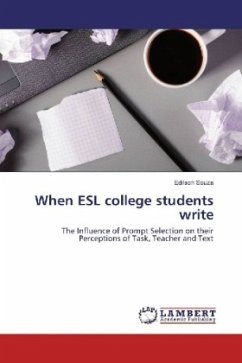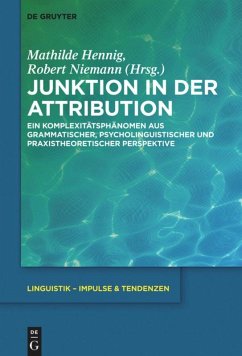
When 'harey' Met Shakespeare
The Genesis of 'The First Part of Henry the Sixth'
Versandkostenfrei!
Versandfertig in 6-10 Tagen
52,99 €
inkl. MwSt.

PAYBACK Punkte
26 °P sammeln!
This book investigates the complex genesis of the play printed in the Shakespeare First Folio of 1623 as 'The first Part of Henry the Sixt'. It begins by anchoring the present volume in the wider context of authorship theory and attribution studies before examining the external and internal evidence for the play's date. It is demonstrated that it is only by carrying out a full structural analysis of the play that we can hope to disentangle and accurately appraise the various revision theories put forward by scholars over the centuries. The author then conducts the first comprehensive assessmen...
This book investigates the complex genesis of the play printed in the Shakespeare First Folio of 1623 as 'The first Part of Henry the Sixt'. It begins by anchoring the present volume in the wider context of authorship theory and attribution studies before examining the external and internal evidence for the play's date. It is demonstrated that it is only by carrying out a full structural analysis of the play that we can hope to disentangle and accurately appraise the various revision theories put forward by scholars over the centuries. The author then conducts the first comprehensive assessment of Gary Taylor's groundbreaking 1995 authorship hypothesis for the play, and modifies it significantly before concluding that 'The first Part of Henry the Sixt' is Shakespeare's revision of the play that appears in Philip Henslowe's Diary as harey the vj'; a play written by Thomas Nashe (Act 1) and an anonymous playwright (Acts 2 5) for Lord Strange's company and first performed at the Rose theatre on 3 March 1592. This book will appeal to all students of Shakespeare, especially those interested in his earliest beginnings as a playwright.












